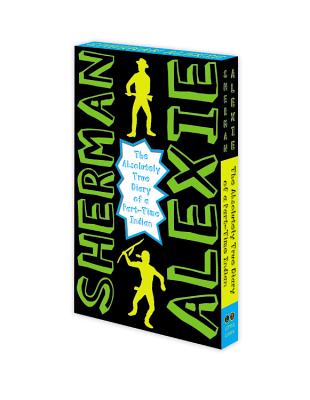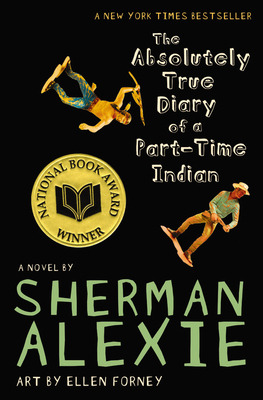Did you read Worse than Rotten, Ralph (1978) by Jack Gantos and Nicole Rubel? It is about a cat named Ralph who hangs out with some alley cats and gets into trouble. I don't think it went out of print. Thirty years later, it is still going strong... even available for your Kindle! It is an engaging story. Mischief-making is a lot of fun to read about.
Below is a page from inside, after Ralph meets up with the alley cats. The text on the facing page reads:
"To the park!" ordered the leader. Ralph and the alley cats climbed up into a tree and knocked hats off the passers-by. Ralph knocked off almost as many hats as the other cats.
See the striped cat in the left corner? In a headdress? I guess that alley cat has taken the headdress away from someone hawking a Wild West Show. See him (her) below that cat? With arms upraised, holding a hatchet (tomahawk?)?
NOTE: A headdress is not a hat. Like a yarmulke, it is worn for specific events and ceremonies.
Reading Jack Gantos: An Author Kids Love (Parker-Rock, 2002), I learned that Gantos wrote the text, and Rubel did the illustrations. They were living in Boston at the time. Was there a Wild West show in Boston around then?! On Flickr I found a photograph taken in 1930 of a Wild West Show in Boston... I wonder what prompted Rubel to include the Wild West performer in the illustration?
Parker-Rock says that school librarians chose Worse Than Rotten, Ralph as one of the best books of the year. There are eighteen books about Rotten Ralph.

















